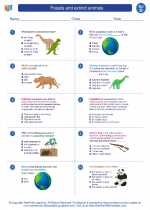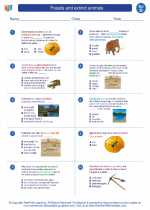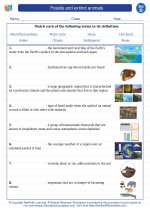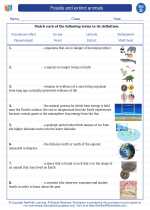Jurassic Period
The Jurassic Period is the second period of the Mesozoic Era, lasting from approximately 201 to 145 million years ago. It is named after the Jura Mountains, where limestone strata from the period were first identified.
Geology
During the Jurassic Period, the supercontinent Pangaea began to break apart, leading to the formation of the Atlantic Ocean. This period saw widespread volcanic activity, leading to the formation of new mountain ranges and the release of carbon dioxide into the atmosphere.
Climate
The climate during the Jurassic Period was generally warm and humid, with lush vegetation covering the land. The sea levels were high, leading to widespread shallow seas and the formation of coral reefs. The high levels of carbon dioxide in the atmosphere contributed to the warm climate.
Flora and Fauna
The Jurassic Period is known for the dominance of dinosaurs, including iconic species such as Stegosaurus, Brachiosaurus, and Allosaurus. The first birds and mammals also appeared during this period. The vegetation included ferns, cycads, and conifers, and the first flowering plants began to emerge towards the end of the period.
Study Guide
- What is the Jurassic Period named after?
- Describe the geologic changes that occurred during the Jurassic Period.
- What was the climate like during the Jurassic Period?
- Which iconic dinosaurs lived during the Jurassic Period?
- What types of vegetation dominated the landscape during the Jurassic Period?
These questions can help you assess your understanding of the Jurassic Period. It's important to study the geologic, climatic, and biological aspects of this period to gain a comprehensive understanding of Earth's history during this time.
[Jurassic] Related Worksheets and Study Guides:
.◂Science Worksheets and Study Guides Fourth Grade. Fossils and extinct animals

 Worksheet/Answer key
Worksheet/Answer key
 Worksheet/Answer key
Worksheet/Answer key
 Worksheet/Answer key
Worksheet/Answer key
 Vocabulary/Answer key
Vocabulary/Answer key
 Vocabulary/Answer key
Vocabulary/Answer key
 Vocabulary/Answer key
Vocabulary/Answer key
 Vocabulary/Answer key
Vocabulary/Answer key
